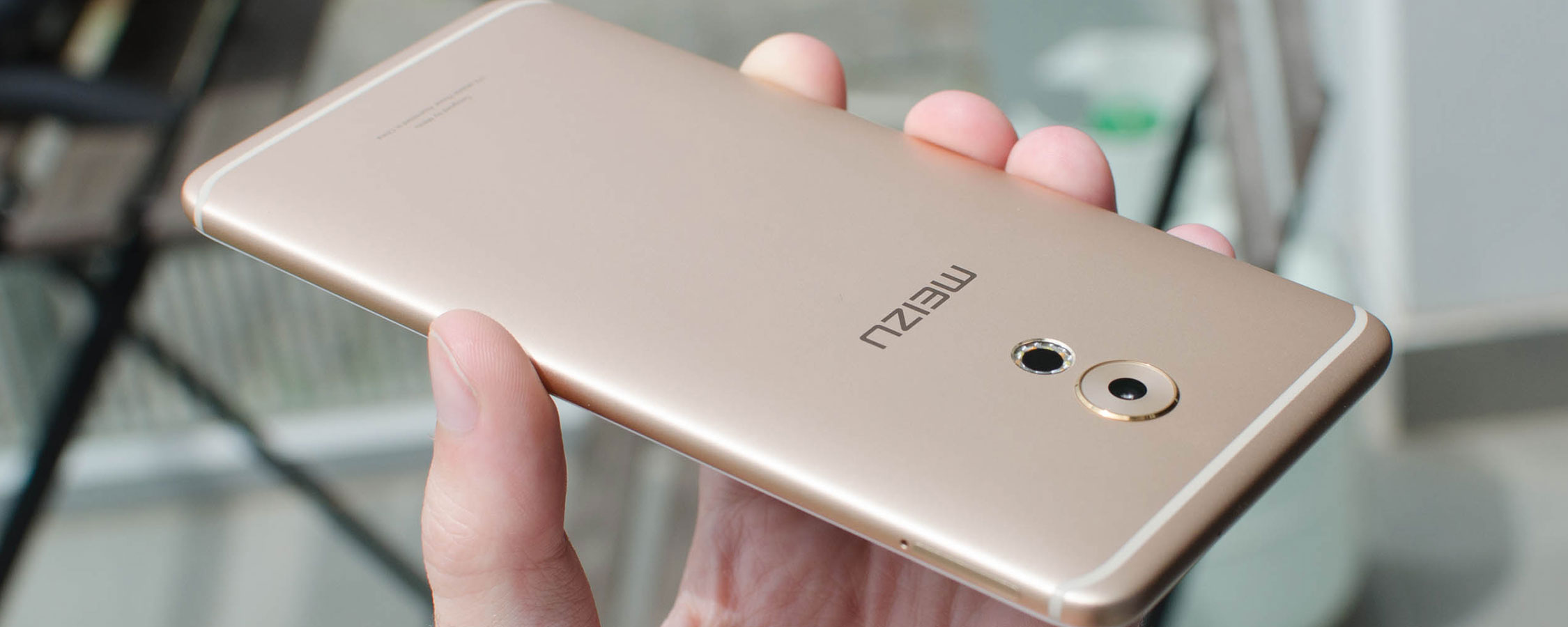Final Thoughts
I like the Meizu Pro 6 Plus. It's the best device I've used from the company, and it's one of the best flagships available from the multitude of Chinese-focused OEMs. At just over US$400 it's competitively priced for the hardware you get, and its localization for Western countries is basically perfect.
But I wouldn't buy it over the OnePlus 3.
In a head-to-head battle with the OnePlus 3 or OnePlus 3T, the Meizu Pro 6 Plus fights admirably but is ultimately beaten by a more rounded device. Coming in second place to such a fantastic device is a great achievement for an OEM that gets little fanfare overseas - and in many ways the Pro 6 Plus is a better buy than more expensive flagship handsets - but finishing second isn't where a company wants to be. Meizu wants to be first, and while they're almost there, the Pro 6 Plus isn't an outright winner.
There are a lot of things I love about the Pro 6 Plus. The design is one such area: this phone is beautiful, with its well-crafted metal unibody and slim, light build. For a 5.7-inch phone, this chassis is remarkably comfortable and easy to use, plus it looks like an expensive high-end piece of hardware. Despite its slenderness, battery life is great, outperforming most other high-end Android phones from 2016 in this department.
The Pro 6 Plus is also kitted out with a range of features you'd come to expect from a flagship. There's a fingerprint scanner on the front, a USB-C port on the bottom, and a 3.5mm headphone jack with support for high-fidelity audio output. There's no microSD card slot, but 64 GB of fast NAND is standard and it's cheap to upgrade the handset to 128 GB. You do get dual SIM support, however, which is a handy feature to have.
The Meizu Pro 6 Plus (left) next to the Google Pixel XL
There's no shortage of high-end hardware in the Pro 6 Plus, and I'm glad Meizu hasn't opted for a crappy MediaTek SoC. Instead you're getting a Samsung Exynos 8890, the same SoC in the Galaxy S7 and Galaxy Note 7, plus 4 GB of RAM and full support for fast LTE, Wi-Fi 802.11ac, and fast charging. This chip competes strongly with the Snapdragon 820, and while the Snapdragon 835 may supersede it in the coming months, it will still provide excellent performance across apps and games...
...provided you switch the phone into its performance mode. The default 'balance' mode slows the phone down considerably, leading to a stuttering, entry-level experience. I have no idea why Meizu decided to cripple this phone out of the box, when users would be expecting flagship-level performance. Luckily, as soon as you switch to performance mode, the phone ramps up to provide CPU and GPU speeds just a few percent behind the Galaxy S7 Edge, while retaining great battery life. You should switch to performance mode as soon as you get this device.
The display on the Pro 6 Plus is also high quality, packing 1440p into a 5.7-inch AMOLED similar to the Galaxy Note 7 (but without the curved edges). The display is vibrant and oversaturated due to a color gamut well above sRGB, while both contrast ratio and viewing angles are excellent. It's a shame there's no color accurate display mode here, but I think most people will like the way this OLED display pops when displaying most content.
The main disappointment with the Pro 6 Plus is the camera. The hardware of this camera system is quite respectable; features like 1.25 micron pixels and OIS make this the best Meizu camera I've used. But unfortunately the camera still ends up merely mid-range due to poor processing, falling a fair way behind the OnePlus 3 in overall photo quality. Phones like the Galaxy S7 and Google Pixel XL blow away the Pro 6 Plus with better quality shots, more camera features, and faster hardware.
It's a real shame that the camera isn't up to snuff, because it's such a crucial feature of today's smartphones. When spending more than $400, you really expect a high-quality camera, and the Pro 6 Plus just can't provide this. Luckily, I believe just a few tweaks to the camera's firmware and its processing would make this camera great, so let's hope Meizu can release an update in the future that addresses this.
Speaking of software, the Pro 6 Plus comes with Flyme on board, which is the Android skin seen across Meizu's phone portfolio. My review unit came with Flyme 5.2 and Android 6.0 on board, but this will be updated to Flyme 6 and Android 7.0 in February. By the time people can actually purchase the Pro 6 Plus, you'll be getting the latest version of Android, except with a heavy software skin and several feature additions.
The main takeaway here is that while the Pro 6 Plus competes strongly on several fronts - the design, display, performance and battery life are all great - it falls behind the OnePlus 3 and several other flagships in one key aspect: the camera. It's hard to recommend a device that is generally solid but doesn't produce the same quality photos as similarly priced competitors, especially when a smartphone is the only camera people carry with them these days.
Shopping shortcuts:
So while the $420 Meizu Pro 6 Plus is competitively priced against the OnePlus 3, it's hard to recommend it. Yes, it is a good budget flagship option, and it's great to see more companies entering this market with excellent products, but it's just not quite good enough to be the go-to option for buyers with $400 to spend.
score
Pros: Exquisite metal unibody screams "flagship". Top-end hardware with great performance and battery life. Decent 5.7-inch 1440p AMOLED display. Affordably priced.
Cons: Camera is merely mid-range. Heavy software skin with some oddities and issues.




